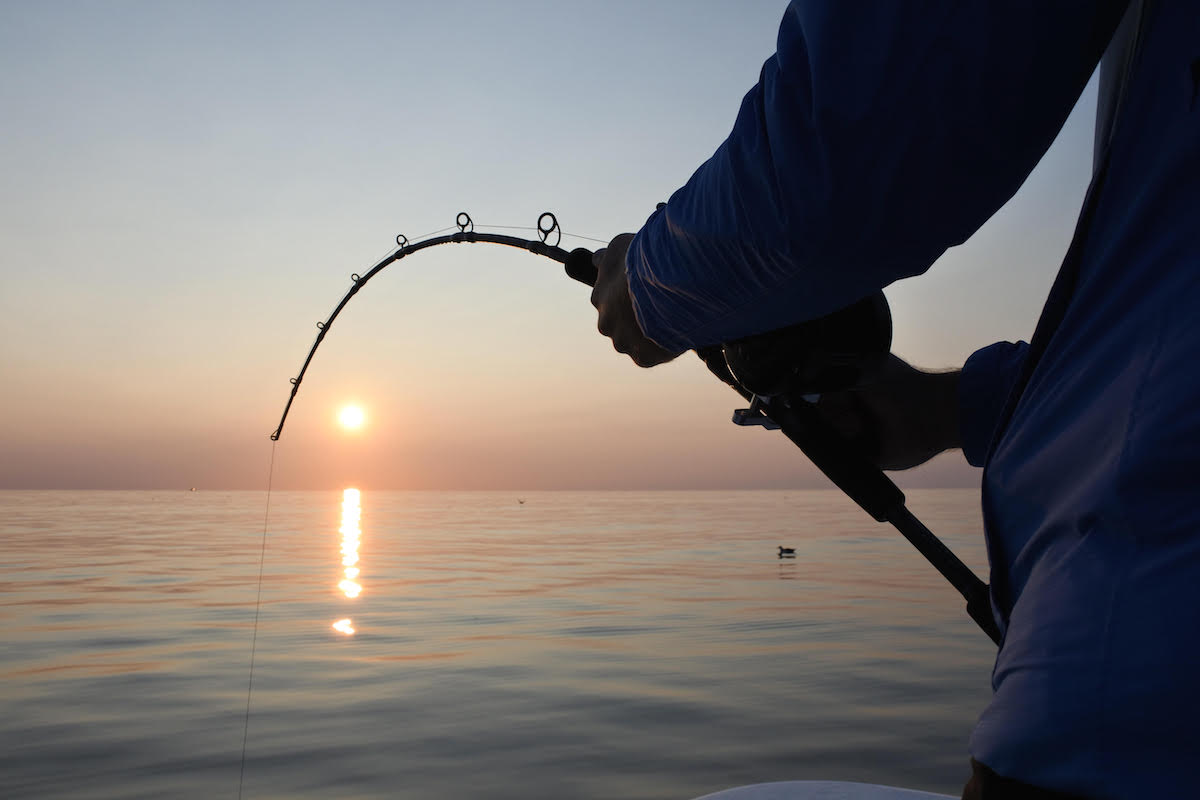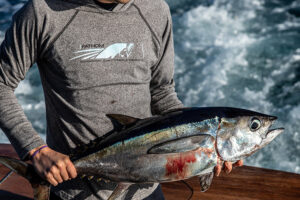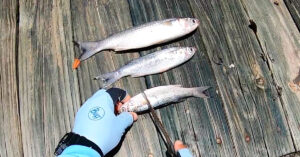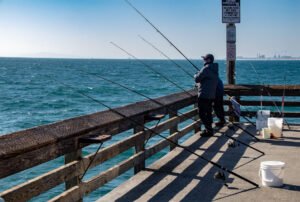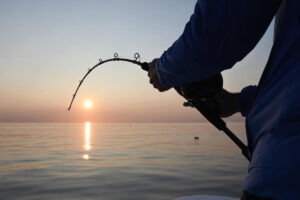If you’re looking to up your saltwater fishing game, vertical jigging might just be the technique that hooks you for life. It’s dynamic, effective, and one of the most thrilling ways to target aggressive offshore species. Whether you’re completely new to jigging or just want to refine your basics, this guide will walk you through the essentials of vertical jigging in saltwater.
What is Vertical Jigging?
Vertical jigging is a fishing technique where you drop a metal lure (called a jig) straight down into the water column and work it vertically with sharp, rhythmic motions to mimic injured baitfish. Predatory fish find this irresistible, making it ideal for species like tuna, amberjack, grouper, snapper, and kingfish.
Why Jigging Works
Jigging taps into predatory instincts. When done correctly, the erratic movement of the jig simulates a wounded or fleeing fish, triggering an immediate strike. Because you’re fishing vertically, you can cover different depths quickly, locating fish schools more efficiently than with trolling or bait casting.
Gear You’ll Need
- Rod: Go with a jigging-specific rod—short (5’6”–6’6”), strong, and designed to handle vertical pressure without fatigue.
- Reel: High-speed spinning or conventional reels with strong drag systems are ideal. Ensure your reel can hold a decent amount of braided line.
- Line: Braided line is preferred due to its sensitivity, thin diameter, and minimal stretch—important for detecting subtle bites.
- Leader: Use a fluorocarbon leader (30–80 lb test depending on the species) to provide abrasion resistance and reduce visibility in clear water.
- Jigs: Choose from speed jigs, slow-pitch jigs, and flutter jigs. Start with 150g–300g jigs based on depth and current conditions.
Jigging Technique Basics
- Drop It Down: Let your jig fall freely to the desired depth—often all the way to the bottom or where fish are marked on your sonar.
- Work the Jig: Use your rod tip to impart action—quick lifts followed by short drops. Vary your speed and rhythm until you find what triggers a bite.
- Stay Vertical: It’s crucial to stay directly over your jig to maintain control and feel. Drifting too far can reduce effectiveness.
- Set the Hook: Unlike bait fishing, jigging requires active hooksets. As soon as you feel a strike, give a strong upward jerk to set the hook.
Best Conditions for Jigging
- Depth: Ideal for 100–300 feet but can be used deeper with heavier jigs.
- Current: Moderate current helps your jig flutter more naturally.
- Tides & Structure: Focus on reef edges, wrecks, drop-offs, and ledges—anywhere predatory fish congregate.
Safety & Tips for Beginners
- Gloves: Protect your hands from braided line cuts.
- Back Support: Consider a jigging belt for added comfort.
- Start Light: Use lighter jigs and gear to practice technique before moving to heavier setups.
- Know the Rules: Always check local regulations and size limits for your target species.
Final Thoughts
Vertical jigging can be physically demanding but incredibly rewarding. As you gain experience, you’ll develop a rhythm and instinct for reading the bite and choosing the right jig and technique. Whether you’re targeting reef dwellers or fast pelagics, jigging opens up a whole new level of saltwater angling excitement.
Tight lines and happy jigging!

